Ramin Ghaznavi-Youvalari
Image coding for machines: an end-to-end learned approach
Aug 30, 2021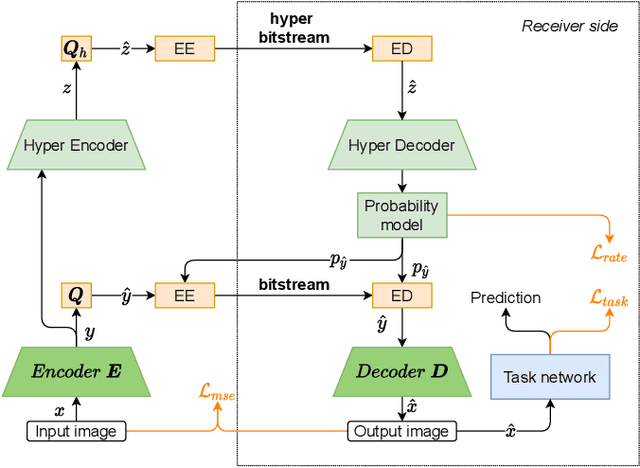

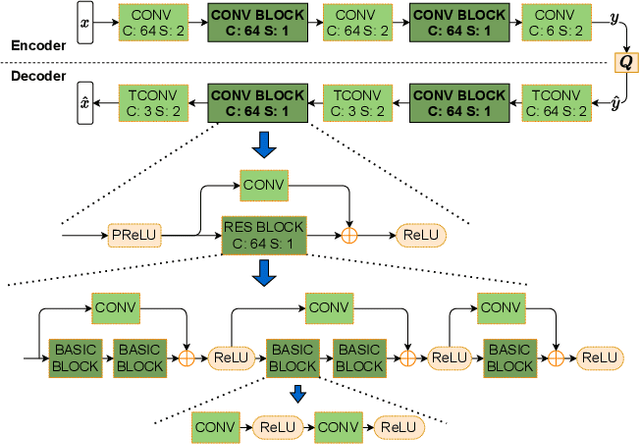
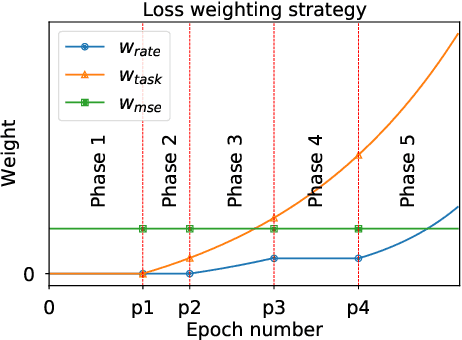
Abstract:Over recent years, deep learning-based computer vision systems have been applied to images at an ever-increasing pace, oftentimes representing the only type of consumption for those images. Given the dramatic explosion in the number of images generated per day, a question arises: how much better would an image codec targeting machine-consumption perform against state-of-the-art codecs targeting human-consumption? In this paper, we propose an image codec for machines which is neural network (NN) based and end-to-end learned. In particular, we propose a set of training strategies that address the delicate problem of balancing competing loss functions, such as computer vision task losses, image distortion losses, and rate loss. Our experimental results show that our NN-based codec outperforms the state-of-the-art Versa-tile Video Coding (VVC) standard on the object detection and instance segmentation tasks, achieving -37.87% and -32.90% of BD-rate gain, respectively, while being fast thanks to its compact size. To the best of our knowledge, this is the first end-to-end learned machine-targeted image codec.
* Fixed a couple of mistakes since the version accepted in IEEE ICASSP2021
Learned Image Coding for Machines: A Content-Adaptive Approach
Aug 23, 2021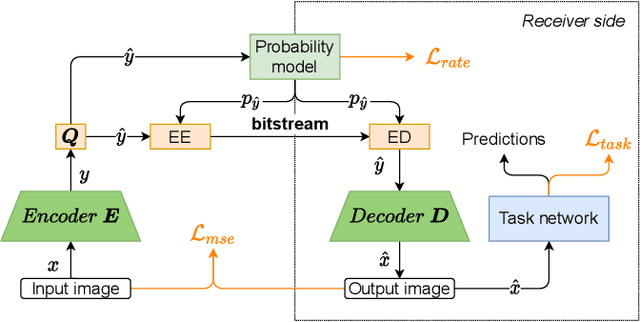

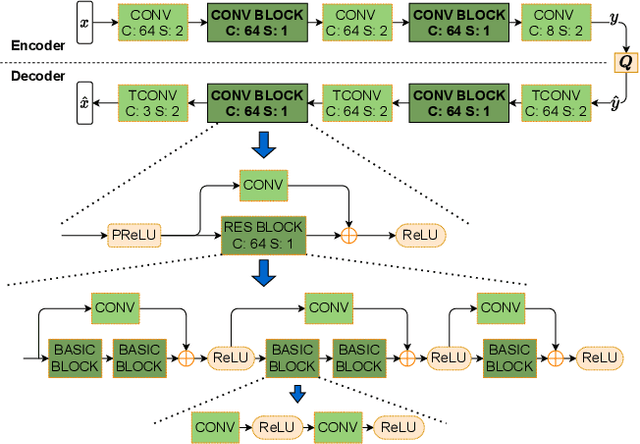
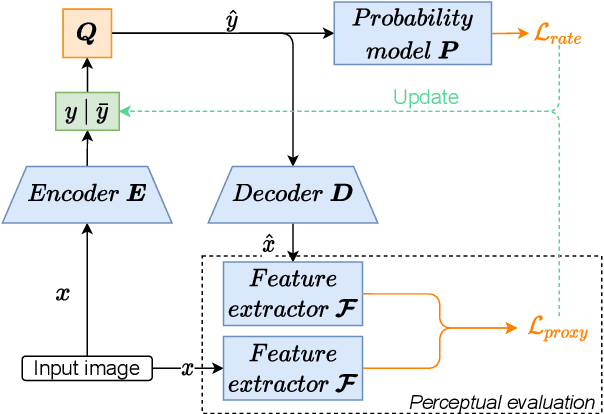
Abstract:Today, according to the Cisco Annual Internet Report (2018-2023), the fastest-growing category of Internet traffic is machine-to-machine communication. In particular, machine-to-machine communication of images and videos represents a new challenge and opens up new perspectives in the context of data compression. One possible solution approach consists of adapting current human-targeted image and video coding standards to the use case of machine consumption. Another approach consists of developing completely new compression paradigms and architectures for machine-to-machine communications. In this paper, we focus on image compression and present an inference-time content-adaptive finetuning scheme that optimizes the latent representation of an end-to-end learned image codec, aimed at improving the compression efficiency for machine-consumption. The conducted experiments show that our online finetuning brings an average bitrate saving (BD-rate) of -3.66% with respect to our pretrained image codec. In particular, at low bitrate points, our proposed method results in a significant bitrate saving of -9.85%. Overall, our pretrained-and-then-finetuned system achieves -30.54% BD-rate over the state-of-the-art image/video codec Versatile Video Coding (VVC).
* Added some typo fixes since the accepted version in ICME2021
 Add to Chrome
Add to Chrome Add to Firefox
Add to Firefox Add to Edge
Add to Edge